-
1 of 253523 objects
The Plymouth Fountain c.1640
Silver gilt with later copper editions | 77.5 x 72.4 cm x 72.4 cm (whole object) | RCIN 31742
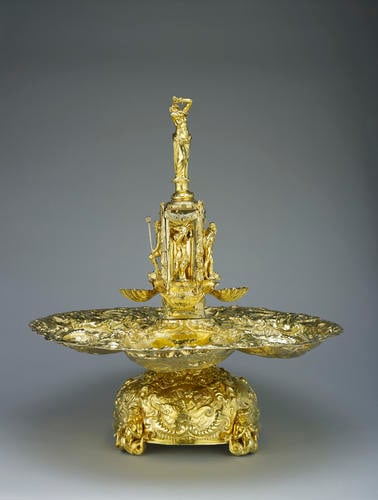
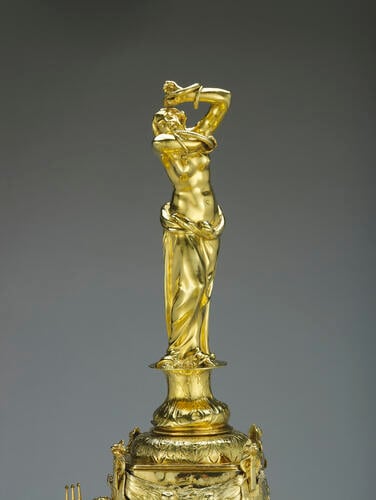
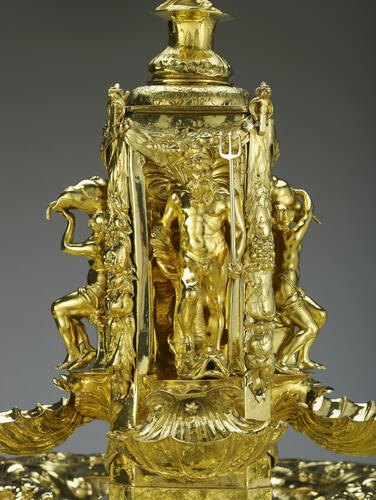
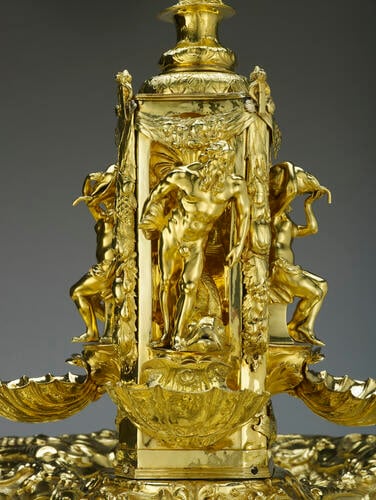
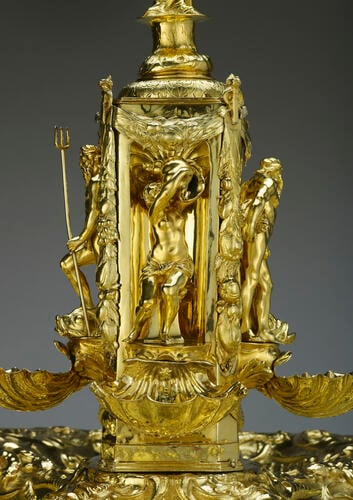
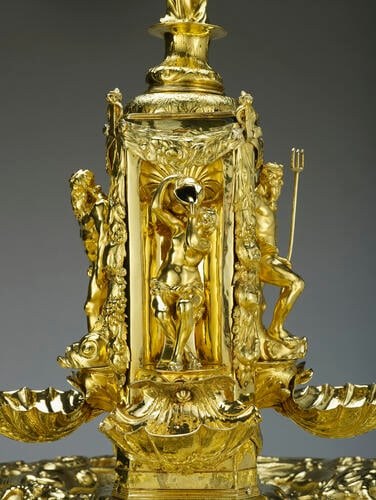
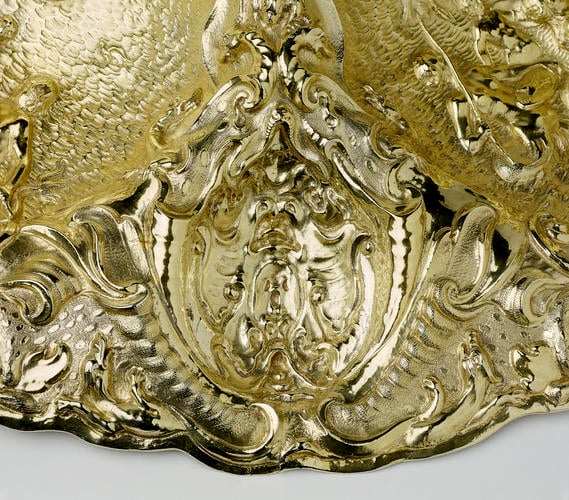
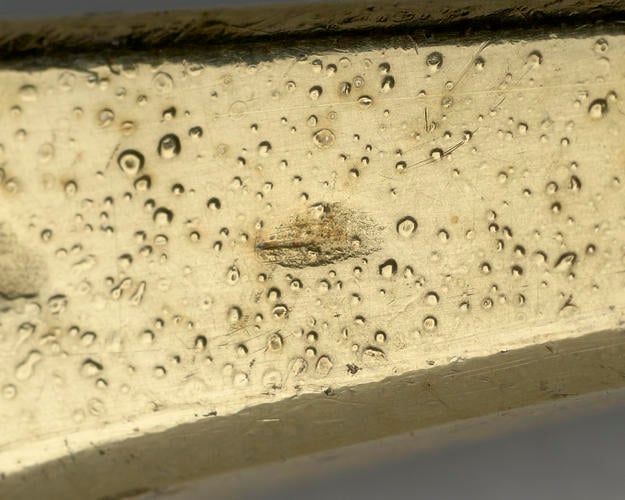
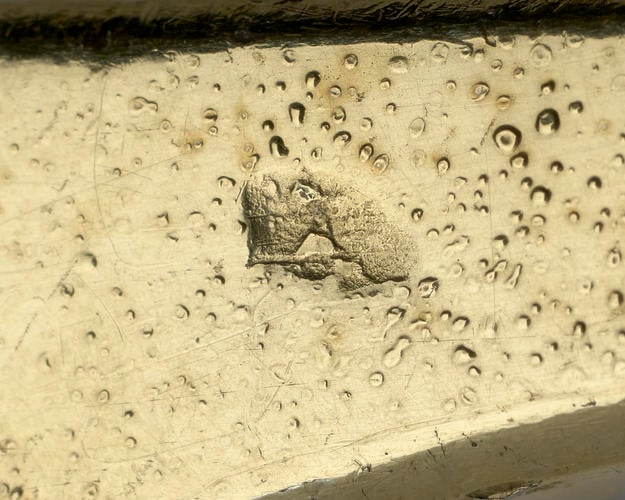
-
A Baroque silver-gilt fountain with four spreading basins, repousse and chased with marine scenes and figures of Neptune, Amphitrite and infant tritons with sea-monsters, surmounted by a square column with figures of Neptune or nymphs in niches on each side, the finial cast as the figure of Venus with serpents about each arm, on a domed base with mermaid feet.
In historic inventories this piece was described as the earliest example of an English wine fountain. In fact, it is German, and has been attributed to the Hamburg goldsmith Peter Oehr I. Descriptions of it in use in the seventeenth century noted that it spouted coloured flames and perfumed waters. At that date the figure on the top was a male figure, either Atlas or Hercules, who may have held a dish which acted as a perfume burner. The fountain underwent considerable alteration in the eighteenth century when the figure of Venus was placed in the top, and the mechanism of the fountain fell out of use.
The fountain was presented to Charles II by the City of Plymouth in 1661 and is clearly identifiable in a contemporary account as, 'a fountaine carved with rare art, curious figures, out of the tope perfumed fier did apeare and small pipes att the sides that sweet watters gushed forth.' The 'perfumed fier' may refer to a pastille which was burnt in the pan held by the original Atlas/Hercules figure. The fountain was purchased by the City of Plymouth from Sir Thomas Vyner.
Unmarked.Provenance
Presented to Charles II by the City of Plymouth, 1661.
-
Creator(s)
(jeweller)Acquirer(s)
-
Medium and techniques
Silver gilt with later copper editions
Measurements
77.5 x 72.4 cm x 72.4 cm (whole object)
41.4 cm (at base of object)
14130.0 g (Weight) (whole object)
12290.0 g (Weight) (excluding fittings)
Alternative title(s)
Coronation "Wine Fountain"